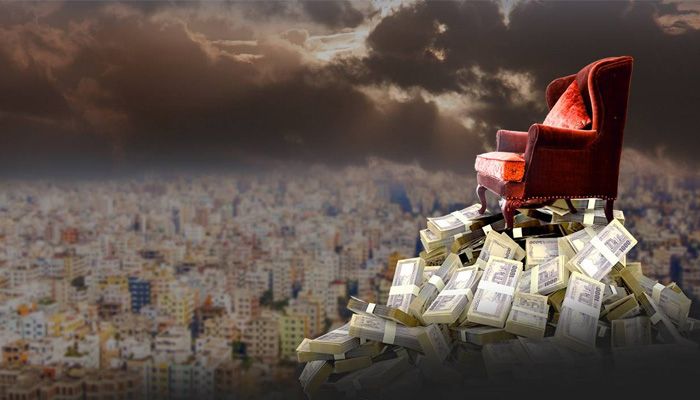
Desk Report
Publish: 29 Dec 2023, 11:21 am

Representational Image
Rich people in Bangladesh have continued to increase their wealth in the past decade, government data showed, with economists blaming the unequal distribution of economic gains for the situation. Comparisons between the findings of the latest Household Income and Expenditure Survey and previous ones by the Bangladesh Bureau of Statistics (BBS) showed that the poor became poorer during the period.
Economists said that the economic policy implemented in the past decade was not adequate to address the widening income inequalities. Unequal income patterns are the main reason for the unwanted trend, said economists.
They noted that the benefits of economic growth, especially in the industrial sector, largely remained confined to owners and managers because of a less worker-friendly policy. Income inequalities determined by the Gini coefficient widened in the past decade to 0.4999 in 2022, up from 0.482 in 2016 and 0.458 in 2010.
In 2005, the Gini coefficient was calculated at 0.467.
A smaller Gini coefficient signifies a less unequal distribution of national wealth.
The final report of HIES 2022 released by BBS on Wednesday (December 27) showed that the top 10 per cent of households increased their share of wealth to 40.91 per cent, around 2.83 percentage points rise in the past six years.
In 2016, their share of wealth was 38.09 per cent and 35.84 per cent in 2010.
In 2005, the same group held 37.64 per cent of the nation’s overall wealth.
BBS determines the distribution of national wealth by dividing the country’s total households into 10 equal groups, with each unit being called a decile.
The BBS surveys also showed that the top 5 per cent of households succeeded in increasing their wealth to 30.04 per cent in 2022, up from 27.82 per cent in 2016 and 24.61 per cent in 2010.
In contrast, the bottom 5 per cent of households held 0.37 per cent of national wealth at the end of 2022, increasing slightly from 0.23 per cent in 2016 but lower than 0.78 per cent in 2010.
Similarly, decile-1 belonging to the bottom 10 per cent of the population held 1.3 per cent of national wealth, slightly higher than 1.02 per cent in 2016 but lower than 2 per cent in 2010.
Centre for Policy Dialogue distinguished fellow Mustafizur Rahman said that the findings of the surveys were inconsistent with the present government’s vision for sustainable development.
He said that there were plenty of signs of widening differences between the poor and the rich.
Besides, rich people are resorting to capital flights instead of reinvesting in the country, he said.
The Global Financial Integrity, a US-based think tank, found that Bangladesh lost $8.28 billion per year on average between 2009 and 2015 due to trade misinvoicing.
The country’s banking sector is overwhelmed with defaulted loans worth over Tk 1 lakh crore.
Besides, the country’s tax-to-GDP ratio fell to 7.9 per cent in 2022 from 9.6 per cent in 2015 as the government could not increase revenue collection in proportion to the country’s GDP growth by more than 6 per cent on average in the past decade.
The country’s size of gross domestic product has grown from $69.44 billion in 2005 to $460.20 billion in 2022.
Former director general of the Bangladesh Institute of Development Studies, MK Mujeri, said that maladies in the financial sector must be stopped so that the accumulation of wealth does not get incentivized.
At the same time, the government should change the wealth distribution model to check inequality, which has already reached a dangerous level, he said.
Subscribe Shampratik Deshkal Youtube Channel
© 2024 Shampratik Deshkal All Rights Reserved. Design & Developed By Root Soft Bangladesh